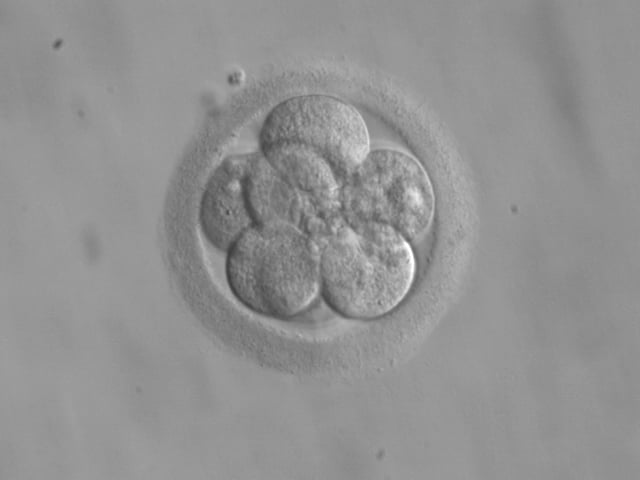Researchers from Sun Yat-sen University in China have for the first time used base editing, a technique that can tweak a single letter in a strand of DNA, to edit disease out of a human embryo. The team used the approach to fix a single mutation known to cause an inherited form of anemia. People with the disease have abnormally shaped blood cells.
The work was led by Junjiu Huang, who in 2015 headed up research showing that abnormal embryos from an IVF clinic with the same mutation could be fixed using CRISPR-Cas9 editing. But as we reported at the time, the results showed that CRISPR editing was inaccurate, and embryos often ended up with a mix of cells—some with corrected genomes, and some that still had the genetic fault.
Earlier this year, researchers used CRISPR to create the first gene-edited embryos in the U.S., and the results initially seemed promising. But closer examination of the work again suggested that the gene-editing technique still wasn't reliable enough to be used on an embryo that would be allowed to grow into a baby.
Huang's team has now moved on to a different editing technique, called simply base editing. It's exactly what it sounds like: instead of cutting out chunks of DNA, as CRISPR does, base editing alters just a single letter of DNA—in the case of the mutation that causes anemia, a faulty "G" is chemically changed to an "A." Crucially, the team's results, published in the journal Protein and Cell (paywall), minimized the kind of side effects that have plagued experiments with CRISPR. And, the researchers told the BBC, base editing could be effective on a range of disorders that are known to be caused by a single genetic error.

